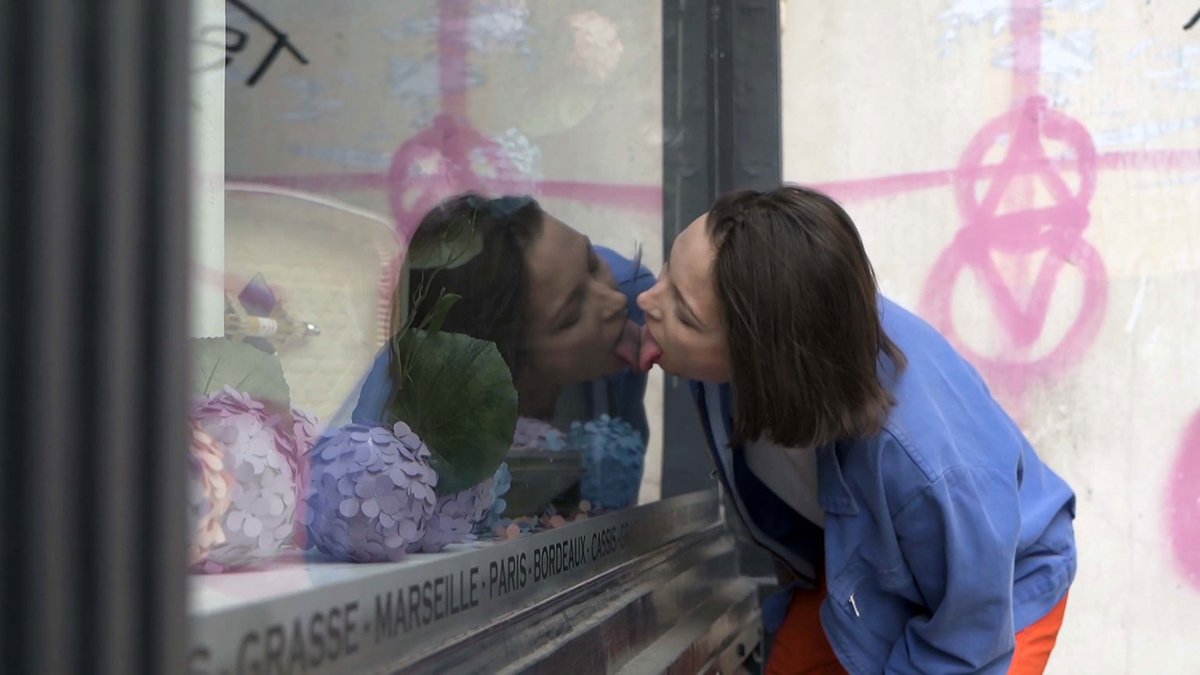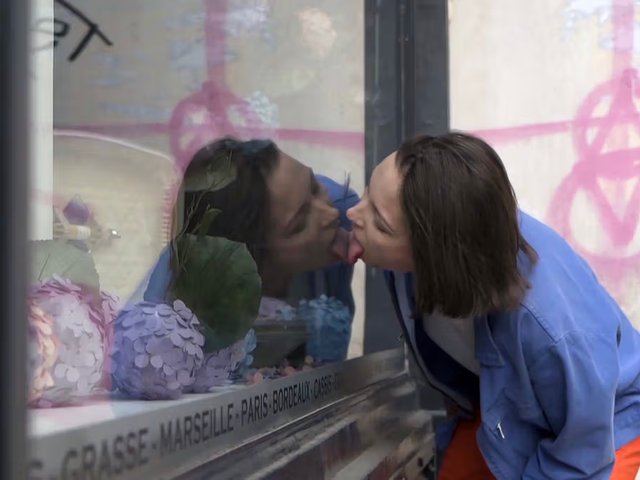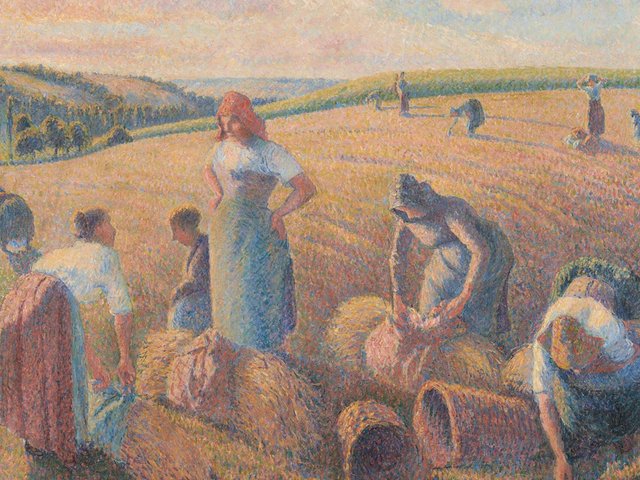Jean Tinguely’s early career as a window dresser is the inspiration behind a new exhibition at the Tinguely Museum in Basel this month. The Swiss sculptor’s popular designs for Basel shop windows, including those of Kost Sport, Wohnbedarf, Jehle Mode, Ramstein, Tanner and Modes Emmy, were documented by the photographer Peter Moeschlin in the 1940s and beyond, but the curator Tabea Panizzi says that Tinguely was far from unique.
“There were many artists in New York in the 1950s who worked for the department store Bonwit Teller, many of whom became very famous later, like Robert Rauschenberg, Jasper Johns, Susan Weil, Sari Dienes and, of course, Andy Warhol,” Panizzi says.
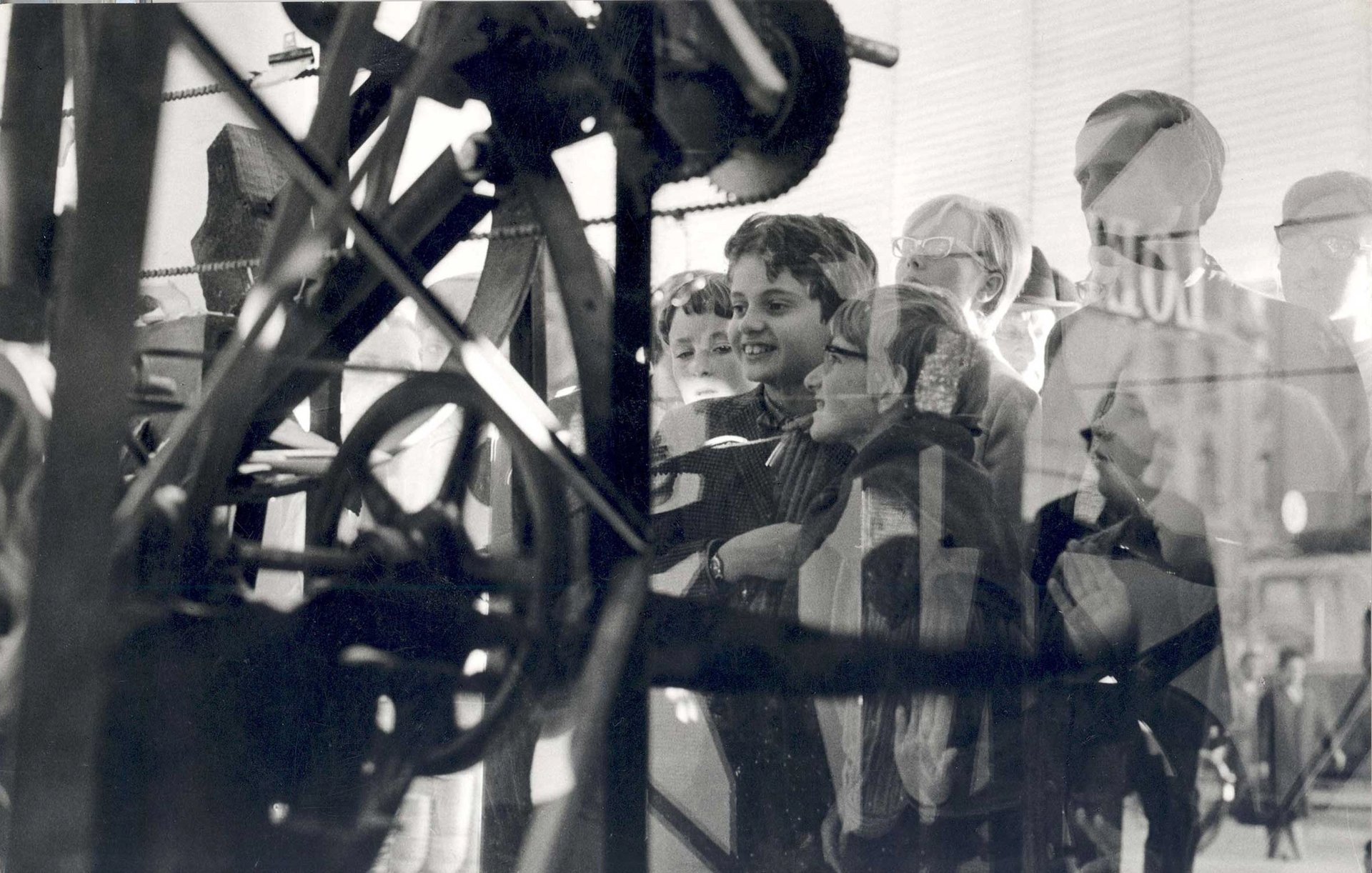
Children looking at Jean Tinguely’s Rotozaza III sculpture in a shop window in Bern in 1969 © Staatsarchiv des Kantons Bern, Museum Tinguely, Photo: Fredo Meyer-Henn
Gene Moore, the art director at Bonwit Teller and Tiffany & Co, was keen to make use of talented young artists in need of income, and he often granted them considerable creative latitude. Though often reluctant to be associated with the commercial world—Jasper Johns and Robert Rauschenberg operated under the moniker “Matson Jones”—many artists revealed their artistic identities in their designs. As in his sculptures, Tinguely used wire for his window dressings; Jasper Johns included his first flag painting, Flag on Orange Field, in a 1957 design; and Rauschenberg also capitalised on his access to Bonwit Teller’s windows, using his combine painting Collection (1954-55) in a display. Salvador Dalí was so enraged by an alteration to his design at Bonwit Teller, that he pushed a bathtub through the window.
In most cases, window dressings were ephemeral, and on 5th Avenue in the 1950s it was not unusual for displays to be changed once a week. Often all that remains of these creative endeavours are photographs, which will feature heavily in the exhibition, along with examples of objects used in the displays, including works by the Hungarian American artist Sari Dienes, and a recreation of a display by Andy Warhol.
The exhibition owes its title to Marcel Duchamp’s Fresh Widow (1920), a pun on “French windows” as a type of door, and on the generation of women whose husbands were killed in the First World War.
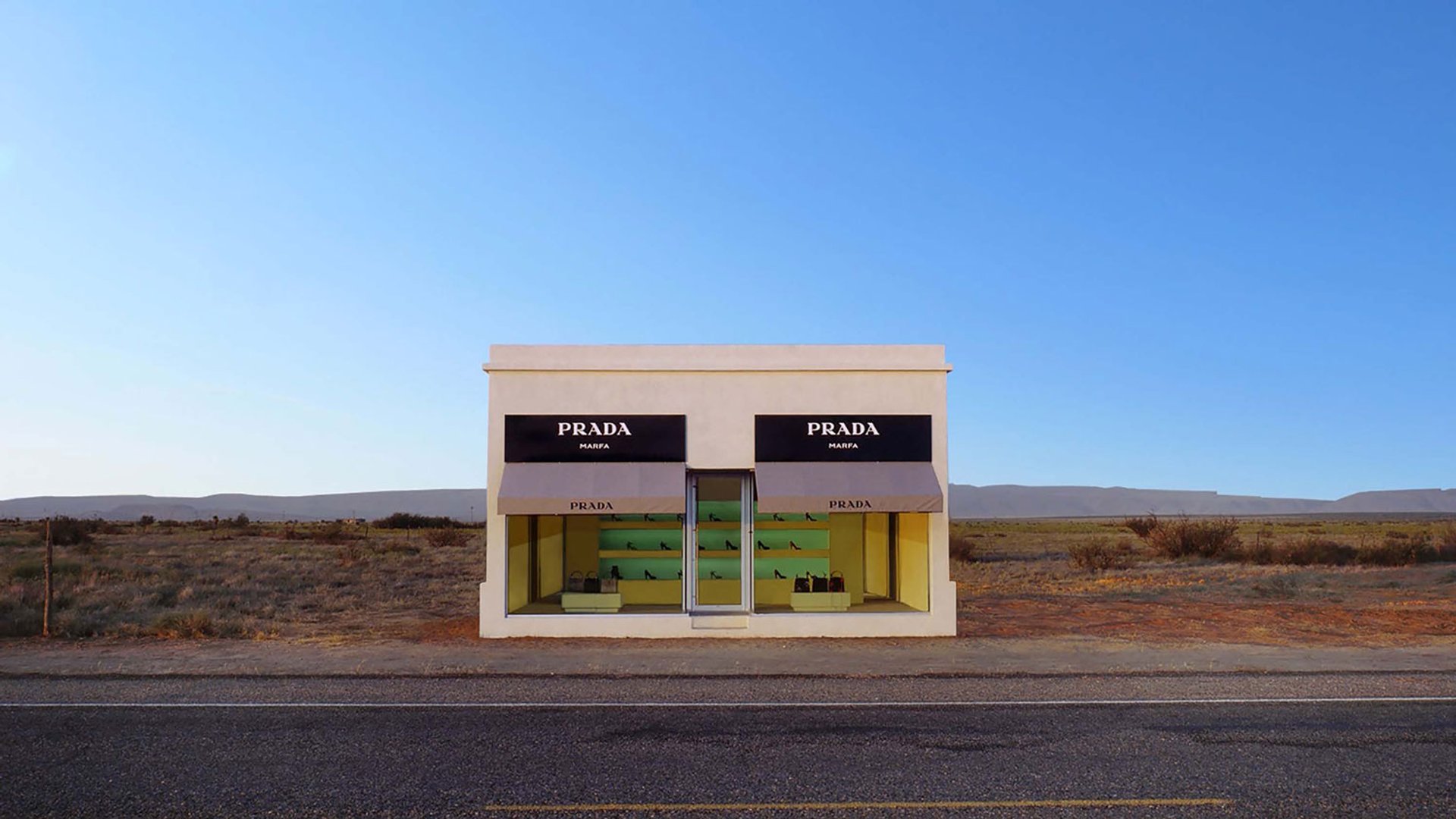
Prada Marfa (2012) by Elmgreen & Dragset © 2024 ProLitteris; Zürich Creditline: Elmgreen & Dragset
The show’s second half will look at shop windows as a motif that recurred in art through the 20th century and beyond: in photographs by Eugène Atget and Nigel Henderson in Paris and London; Marina Abramović’s 1976 performance Role Exchange, in which she swapped places with an Amsterdam sex worker on display in a brothel window; and recreations of shop fronts such as Elmgreen & Dragset’s Prada Marfa (2005) on a desolate highway in Texas.
In her 2020 performance Lèche Vitrines (window licking), Martine Morger acted out her title in a critique of consumer culture (“window licking” is how the French describe window shopping), while in 1969, Tinguely’s machine Rotozaza No. 3 smashed plates in the window of the Bern department store Loeb. With the shift to online shopping, window dressing matters less, but in Basel a revival is planned, with empty shop windows due to be transformed by art students between January and March 2025.
• Fresh Window: the Art of Display and Display of Art, Museum Tinguely, Basel, 4 December-11 May 2025


